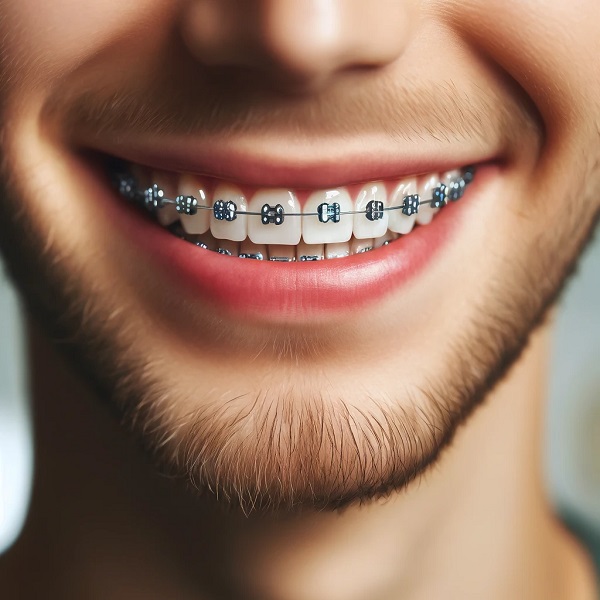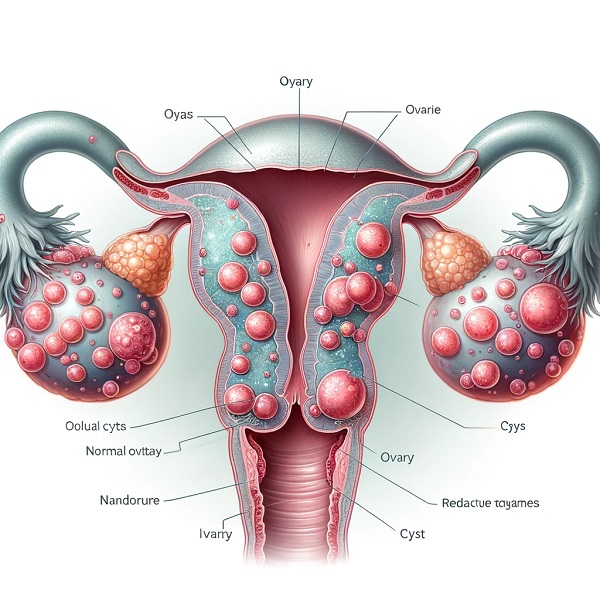
What are Dental Braces?
Gersom
- 0
Introduction
Hey, hope you don’t mind me butting in, but I have a question: tell me about the ‛plates’ wired to your teeth. What are those things for? And why is your friend wearing them? If this sounds familiar, it probably is. Scour the internet for guides about orthodontic dental braces, and this – more or less – is what you’ll find. Nuanced perspectives about the history of orthodontics, shifting public perceptions through the years, geopolitical influences on the practice of braces, and intricate technical discussions about the proper placement of brackets, wires and springs? Next to none. Dental health might be seen as the mundane, humdrum, prime-time programming of medical subjects – as opposed to the high-octane, adrenalin-fueled episodes of ER-style SERVER-ERROR So you’re looking at braces and can see what they’re wired to? And you’re curious about what they are? OK, let me enlighten you.
What are Dental Braces?
In short, dental braces consist of metal appliances meant to realign crooked teeth and jaws by gradually pushing and pulling your teeth to their correct position. Moving teeth to the correct position might be their ultimate goal but it is of utmost importance that the dental braces are able to do so in a gradual way to avoid damage to the gums and jawbones.
History of Dental Braces
It’s a long way from cheek retractors, but some of the basic ideas behind braces can be traced back to Egypt. Braces as we know them began to emerge in the 18th century. It’s interesting to see how far we have come from primitive metal bands to near-invisibility.
Types of Dental Braces
Metal Braces
These are the old-school braces you know and love. Made of high-quality stainless steel, metal braces are the most common – and effective – version out there. They’re not the prettiest, but they still get the job done.
Ceramic Braces
Ceramic braces are designed like metal ones but made from clear or tooth-coloured wires and brackets. This makes them less visible, a major draw for adults. However, they can be more fragile, and pricier.
Lingual Braces
Lingual braces are metal braces that are attached to the back of your teeth, so you can’t see them from the front – this option is a good choice if you want your braces to be unseen, but they can be difficult to keep clean and can take a bit of getting used to.
Invisalign (Clear Aligners)
Straightening teeth with Invisalign — the invisible aligner — a clear, removable aligner is used to gradually shift teeth instead of using highly visible wires and brackets. It really is like having braces, but you never have to wear braces.
How Do Dental Braces Work?
Braces apply pressure to your teeth 24 hours a day, seven days a week to move them into these new positions. This loosens the tooth and its root – and its attachment – to the bone in order to encourage the tooth to move. As the tooth continues to be wiggly and unattached, new bone grows to hold the tooth in place. Patience and persistence is required if you want to straighten your teeth.
Who Needs Dental Braces?
Braces are not just for kids! If you have crooked teeth, overcrowding, or an improper bite, then orthodontic treatment could be right for you. Ask your dentist or orthodontist about getting braces.
The Process of Getting Braces
Initial Consultation
During this visit, your orthodontist will examine your teeth, take X-rays and tell you what you can expect. By the time you leave, you’ll know what types of treatments are available. With braces, you can go home feeling comfortable in the knowledge of how long you’ll be wearing them and whether it’ll take two or three years.
Fitting the Braces
This is where the magic happens. Your orthodontist will give your teeth a good cleaning and then apply some kind of glue and then stick the brackets on your teeth. Next, they will thread the arch wire through the brackets and fasten the brackets in place by using small little rubber bands.
Follow-up Appointments
Regular check-ups are important for everyone to keep a regular eye on how things are moving – but even more for you to make sure that the rubber bands ‘tensions’ are appropriately adjusted. The wire will be tighter at each appointment, as will the rubber bands, because that’s what keeps everything moving properly.
Common Myths About Dental Braces
Braces are Only for Kids
Far from it! Plenty of adults are making good use of braces. You are never too old to finally get your perfect smile.
Braces are Painful
Pain is minimal during the procedure, both from its beginning and immediately afterward, following the adjustment. It’s just a little pain for beautiful teeth for the rest of your life!
Braces Take Forever to Work
How long does it take? Treatment time varies and you should plan on wearing some form of braces for 1-3 years, but for the boost in self-confidence and to the long-term health of your teeth, it’s worth the small investment.
Benefits of Dental Braces
Improved Oral Health
Straight teeth are easier to clean, reducing the risk of cavities and gum disease.
Enhanced Aesthetics
Straight teeth look, well, great. Braces can improve your confidence and your self-esteem.
Better Functionality
Potential Risks and Downsides
Braces, like practically any kind of medical treatment, entail certain risks and drawbacks: tooth decay because food can get caught between the brackets and wires and is more difficult to remove (notwithstanding that the caries take hold long before braces are on, and that braces are only part of the problem), gum irritation and slight root shortening, requiring patients to perform more attentive dental hygiene and go for regular dental check-ups. But in principle these are only very slight risks.
Care and Maintenance of Braces
Brushing and Flossing
you will have to brush after every meal and floss every day, and use interdental brushes that jab around the brackets and off the wires.
Foods to Avoid
Cut out all sticky, hard and chewy foods too, like caramel, taffy, popcorn, chips, chewy meats and crusty breads, which can damage your braces and even add more time to your treatment. Go for foods such as yogurt, soft fruits and cooked vegetables instead.
Costs and Insurance
Braces are expensive. They can cost thousands of dollars, and can depend on the type used and the duration of treatment. Check with your insurance company and see what they cover, and ask your orthodontist what payment plans you can get.
Life After Braces
Wearing Retainers
Retainers are used to help retain your new smile by holding the teeth in their new position. Use them as directed to avoid any shifting.
Long-term Results
Proper care and routine dental visits will help ensure your beautiful new smile lasts a lifetime.
Innovations in Orthodontics
Today, orthodontics keeps getting better and better. New technologies such as 3D imaging, digital scanners and materials are accelerating the pace of innovation. With braces, the best is yet to come!
Conclusion
Well, there you are, a nice summary of what you need to know about dental braces, from the perspective of someone who has experience getting them. If you’re thinking about them for yourself or someone you love, knowing more about the process and the benefits can help you out. It’s a long road to get that beautiful smile, but it’s worth it!
FAQs
How long does it take to see results with braces?
Overall, results vary but, in most cases, people start to notice some reorganization within a few months, with the complete treatment lasting 1-3 years.
Can adults get braces?
Absolutely. Braces can work for adults, and many orthodontists even specialize in treatment for adults.
Are there foods I should avoid with braces?
YES, sticky, hard, and chewy foods can damage your braces and your teeth and make your treatment longer.
How often should I visit my orthodontist during treatment?
Regular check-ups every 4-6 weeks are essential for monitoring progress and making adjustments.
Do braces hurt?
Hopefully, you will only feel some minor discomfort, both immediately after treatment, and afterward, when the bite is adjusted. Generally, over-the-counter pain relievers such as Ibuprofen will easily handle any discomfort you may experience.
iPhone 12 Pro Max Samsung Galaxy A51 iPhone 12 Pro Max LG Velvet LG V60 ThinQ Samsung Galaxy A51 iPhone 12 Pro Max LG K40 Samsung Galaxy S21 LG Velvet


